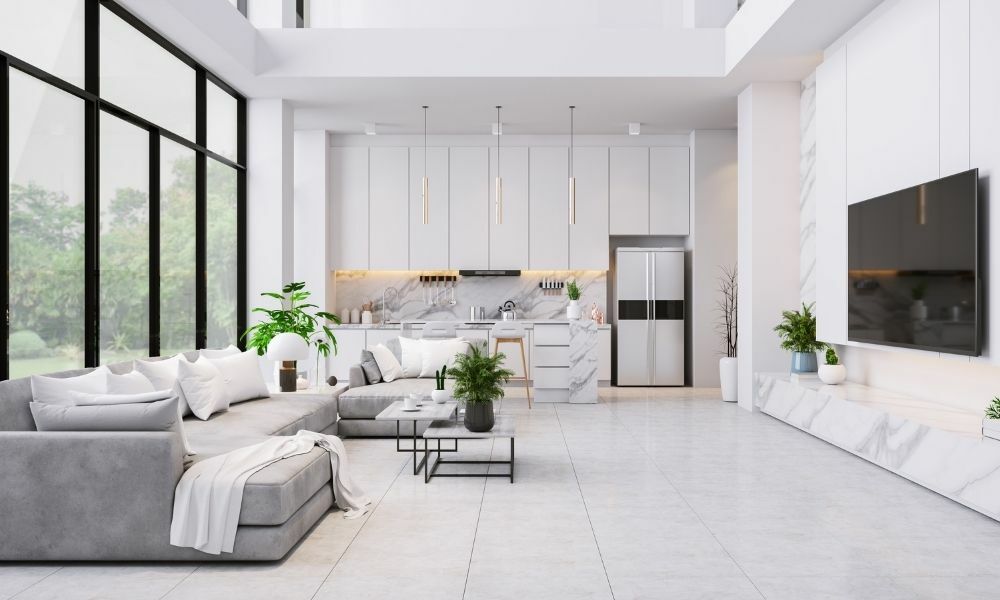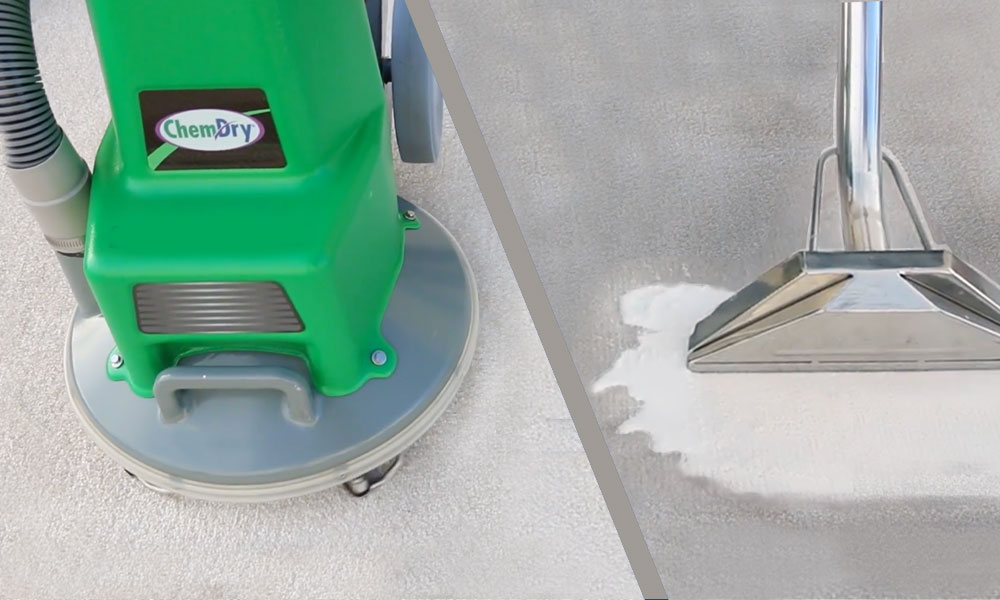With the increasing concern for the environment and the rising costs of traditional energy sources, integrating renewable energy sources in home design has become a popular trend. Homeowners are now actively seeking ways to incorporate sustainable and eco-friendly solutions into their homes. This not only helps to reduce their carbon footprint but also provides long-term financial benefits.
Benefits of Integrating Renewable Energy Sources in Home Design
1. Cost Savings: One of the primary advantages of integrating renewable energy sources into home design is the potential for significant cost savings. Renewable energy systems such as solar panels and wind turbines can generate electricity, reducing or eliminating the need to purchase electricity from the grid. This can lead to substantial savings on monthly utility bills.
2. Environmental Impact: By utilizing renewable energy sources, homeowners can significantly reduce their environmental impact. Renewable energy systems produce clean energy without the harmful emissions associated with traditional energy sources, such as coal or natural gas. This helps to reduce air pollution and combat climate change.
3. Energy Independence: Integrating renewable energy sources in home design can provide homeowners with a sense of energy independence. They are no longer solely reliant on the grid for their energy needs, which can be especially beneficial during power outages or emergencies. Renewable energy systems can store excess energy in batteries, providing a reliable backup power source.
4. Increased Home Value: Homes equipped with renewable energy systems are often more appealing to potential buyers. The inclusion of solar panels or other renewable energy technologies can increase the value of a property, making it a wise investment in the long run.
Integrating Renewable Energy Sources in Home Design
There are various ways to integrate renewable energy sources into home design. Here are some popular options:
- Solar Panels: Installing solar panels on the roof or in the yard can harness the power of the sun to generate electricity. These panels are made up of photovoltaic cells that convert sunlight into usable energy.
- Wind Turbines: For homes located in areas with consistent wind patterns, wind turbines can be a viable option. These turbines convert wind energy into electricity and can be installed on rooftops or in open spaces.
- Geothermal Systems: Geothermal systems utilize the stable temperature of the earth to heat and cool a home. This technology involves burying pipes underground to extract heat in the winter and remove heat in the summer.
- Biomass Energy: Biomass energy systems use organic materials, such as wood pellets or agricultural waste, to generate heat and electricity. These systems are often used for heating and hot water purposes.
When integrating renewable energy sources into home design, it is essential to consider factors such as location, climate, and energy consumption. Consulting with a professional renewable energy installer can help determine the most suitable system for your home.
Integrating renewable energy sources in home design is a forward-thinking approach that benefits both the environment and homeowners. By reducing reliance on traditional energy sources and harnessing clean, renewable energy, homeowners can save money, reduce their carbon footprint, and increase the value of their property. With the advancements in renewable energy technologies, there has never been a better time to embrace sustainability and make a positive impact on the planet.




